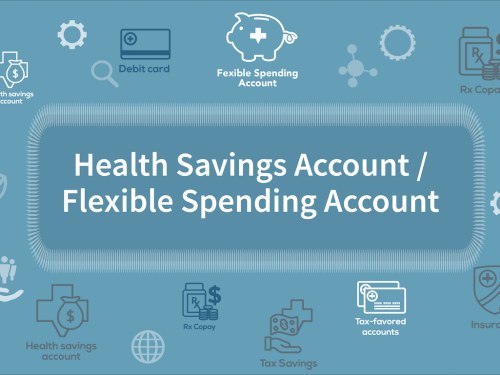Copay savings programs have become an increasingly important resource for patients seeking to manage the cost of prescription medications. These programs are designed to reduce out-of-pocket expenses for individuals who need specific drugs, making essential treatments more accessible and affordable.
A copay savings program typically works by providing eligible patients with discounts or reimbursements on their copayments—the portion of a prescription cost that patients pay directly at the pharmacy. These programs are often sponsored by pharmaceutical manufacturers as part of their patient assistance initiatives. The goal is to help patients afford branded medications that might otherwise be prohibitively expensive due to high retail prices or insurance coverage limitations.
One of the key benefits of copay savings programs is that they can significantly lower the financial burden on patients who require ongoing medication. Chronic conditions such as diabetes, asthma, and autoimmune diseases often involve costly prescriptions, and copay savings can improve adherence to prescribed therapies by reducing cost-related barriers. When patients are able to afford their medications consistently, they are more likely to achieve better health outcomes.
Eligibility criteria for these programs vary depending on the medication and the manufacturer. Some programs require patients to have commercial insurance but exclude those on government-funded plans like Medicare or Medicaid. Others may have income limits or require a healthcare provider’s enrollment assistance. Patients interested in participating should consult with their healthcare provider or pharmacist, who can help identify available programs and guide them through the application process.
While copay savings programs offer substantial benefits, it is important for patients to understand their limitations. These programs do not cover the full cost of medications and are not a substitute for comprehensive insurance coverage. Additionally, the availability of such programs can change over time based on manufacturer policies and regulatory considerations.
In summary, copay savings programs represent a valuable tool in reducing medication costs for many patients. By lowering out-of-pocket expenses, these initiatives support better medication adherence and contribute to improved health outcomes. Patients facing high prescription costs should explore these options with their healthcare team to determine if they qualify for assistance and how best to utilize these resources.

